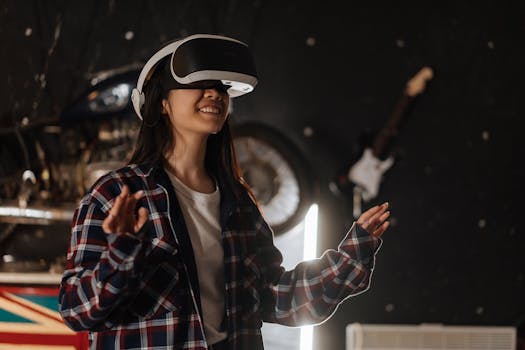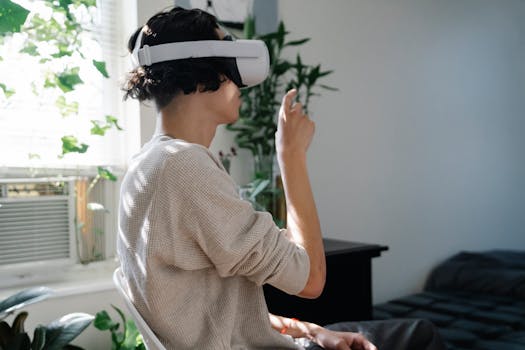Introduction to the Metaverse

The Metaverse is on the brink of revolutionizing social interactions, entertainment, and even how we conduct business. With advancements in technologies such as virtual reality (VR) and augmented reality (AR), our daily lives in this burgeoning digital universe will become increasingly intertwined with physical life. By 2025, we are poised to welcome an era marked by gadgets designed to enhance these virtual experiences, evolving the way we engage with the digital sphere.
The Role of Virtual Reality Headsets

VR headsets have already made notable impacts in gaming and simulation. However, by 2025, the design and functionality of these headsets will undergo tremendous improvements. Expect sleeker, lighter designs that allow for prolonged use without discomfort. Future models like the advanced iterations of Meta’s Quest Pro or HTC’s Vive models will offer higher-resolution displays for an unprecedented level of immersion, making virtual environments feel even more realistic. Moreover, inclusivity in design means more options tailored for a diverse set of users, ensuring everyone can explore the Metaverse comfortably.
Augmented Reality Glasses: The Integration of Digital Forms into Reality

AR glasses will emerge as essential companions in navigating the Metaverse seamlessly within our daily lives. Companies like Apple and Google are expected to dominate this segment with devices that allow you to experience augmented spaces without removing them from the real world. Features might include real-time translations, contextual information overlay, and even transparent displays that augment myriad experiences — from adventure games to virtual collaborative workspaces. As promotional sums of AR in business development explode, we are bound to see widespread adoption across varied fields by 2025, fundamentally blending our environments.
Wearable Technology for Immersive Experiences

Haptic feedback devices, such as gloves and suits, will take immersion to dizzying heights. Developers are producing extremely responsive designs that allow us to ‘feel’ virtual interactions in a manner that is almost instinctive. Imagine attending events in the Metaverse and heating up during a simulated adrenaline rush or soothing warmth coursing through you when you interact with nature. By 2025, these wearables can enable body movements in designated spaces to navigate extremely lifeline games and functions smoothly.
AI-Driven Technology and Interaction Enhancement

Artificial intelligence (AI) will unlock an intelligent layer in our interactions within the Metaverse. Advancement in AI-assisted platforms promises action-driven responses allowing for health monitoring capabilities right within a virtual realm, essentially viewing analytics and engaging optimal environments that customize your presence. Monitors and devices that historically operated solely on HUD motives will evolve, pushing forth intuitive formats combining various interaction models from inputs like gestures, voice activation, and gaze-control.
